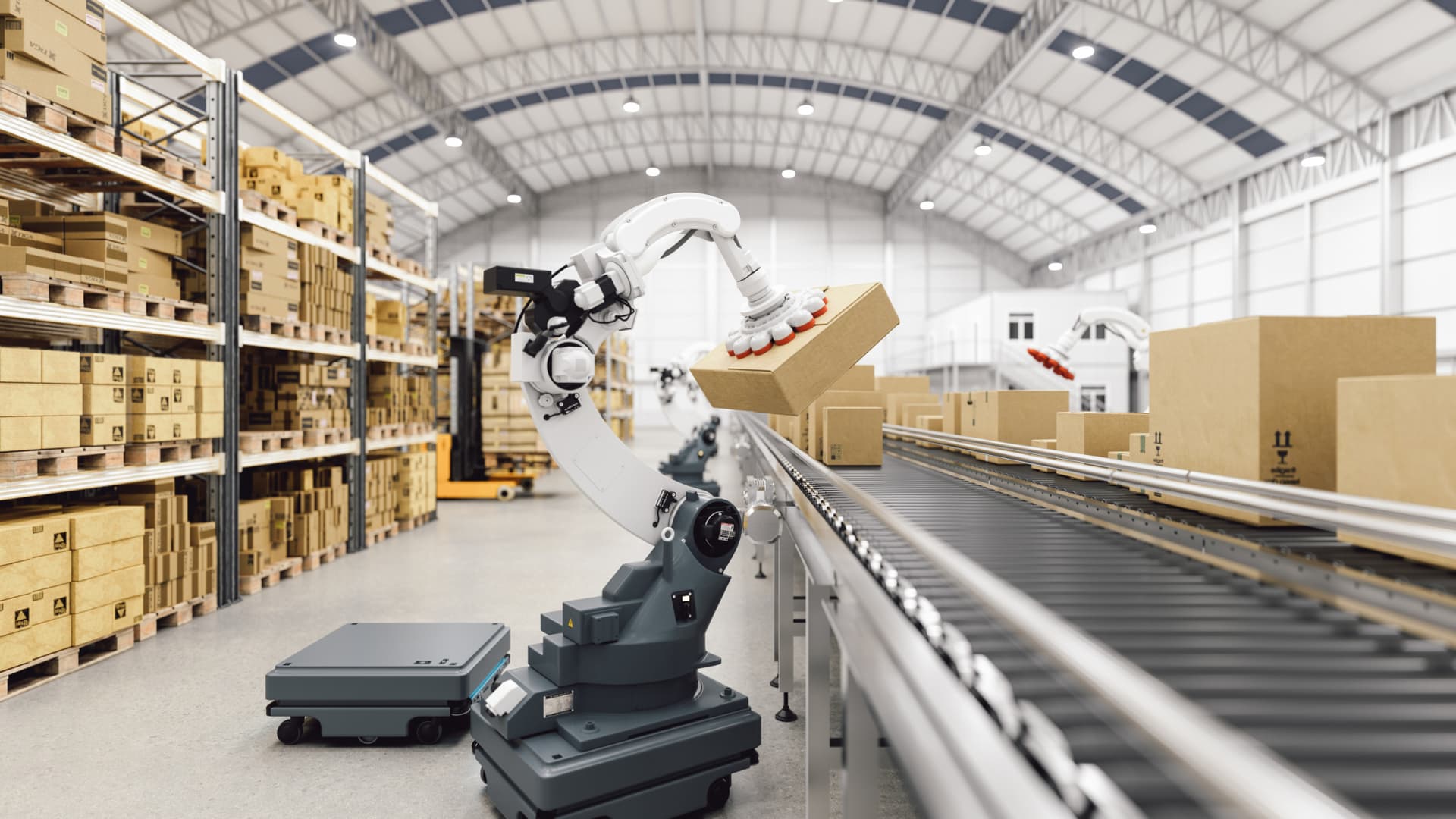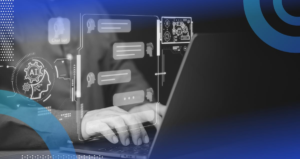The Impact of AI and Emerging Technologies on the Global Supply Chain

The Role of Robotics in Modern Warehousing
As customer expectations for speed and convenience rise, logistics companies are increasingly embracing advanced technologies like robotics and artificial intelligence (AI) to enhance their operations. One of the leaders in this transformation is DHL, a prominent multinational logistics provider. According to Javier Bilbao Uzquiano, the CEO of DHL Supply Chain in the Asia-Pacific region, robotics is utilized extensively within their warehouses to streamline various processes.
Enhancing Efficiency with Robotics
Robotics in warehousing does not replace human workers; rather, it complements their roles. Many labor-intensive and repetitive tasks that were once performed by humans, such as moving pallets or unloading containers, are now being managed by robots. This shift not only improves efficiency but also allows human employees to focus on more complex and strategic activities.
Features of Robotics in Warehousing
- Autonomous Navigation: Robots are now equipped with autonomous capabilities, enabling them to move around warehouses independently. This advancement eliminates the need for external tracking devices, as these robots can navigate through the space, identifying movements and potential bottlenecks.
- Flexibility During Peak Seasons: The use of robotics offers significant flexibility, especially during peak business periods like Black Friday or Cyber Monday. As Uzquiano noted, the rapid surge in demand during these times can lead to challenges in workforce management. Robots, trained for various tasks from the outset, can quickly adapt to increased workloads without the need for extensive onboarding.
AI in the Food Delivery Sector
Moving beyond warehousing, AI is also making waves in the food delivery industry. Talabat, a Dubai-based online food ordering service, is leveraging AI to enhance customer engagement. The company focuses on predicting customer preferences, aiming to increase the number of orders placed through its platform.
Personalized Customer Experience
- Targeted Recommendations: By analyzing individual customer data, Talabat can tailor its offerings to align with user preferences. This approach helps identify what a customer is most likely to order, leading to higher conversion rates.
- Drones and Delivery Robots: Although Talabat is experimenting with delivery drones and robots, regulatory restrictions are a challenge. Moreover, the human element in delivery remains vital, as personal interaction is crucial for customer satisfaction.
Challenges and Considerations
While the integration of robotics and AI into logistics and delivery services presents numerous advantages, there are still challenges that companies must navigate. For one, the need for seamless interaction between technology and human workers is essential. As observed by both DHL and Talabat’s executives, technology is not positioned to completely replace the human workforce. Instead, it acts as an augmentation to human efforts, enhancing operational efficiency while retaining the importance of personal service.
Final Thoughts
In summary, the transition towards robotics and AI in logistics and food delivery is transforming how services are rendered. Companies like DHL and Talabat exemplify how these technologies can foster a more efficient, responsive, and personalized customer experience, indicating a significant shift in industry practices. As automation continues to evolve, finding the right balance between technology and human involvement will be key to sustaining long-term success.





